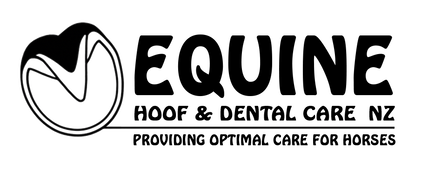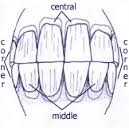Equine Dental Care NZEquine Dental Care NZ's main goal is to provide the horse with a high quality service that benefits its health. Our job as an equine dentist is to help your horses or donkeys to maintain a balanced mouth so optimal function of all the teeth such as incisor, premolar and molars is possible. This also aids in optimal digestion of their foods to increase their longevity. Comfort of biting (if used) is also essential; this is achieved by bit seating.
We are based in Okaihau, Northland at Valley View Farms and we cover areas from Warkworth to the Far north, Kaitaia. |
|
The Equine Mouth
The horse has a total of 44 teeth, each tooth has a timeframe that it develops and erupts and then at the other end starts to pit out and come to the end of the length of that tooth. Have you heard of the saying the horses lifespan is as long as its teeth? This is correct, the horse is born with only so much tooth and once its worn that's the end of the tooth. The life experiences of a horse in the wild is around 10 to 14 years and this does come down to genetics. It's survival of the fittest/strongest for the environment the horse lives in. So if a wild horse has dental abnormalities it could have a shorter life than one that has a normal mouth. Our horses, in their domestic environment, can live up to their 30s and I even trim a donkey that is 40 years old. This shows that with a little bit of human practice (like dental care, hoofcare, and correct nutrition) the lifespan of the horse can lengthen. |
|


